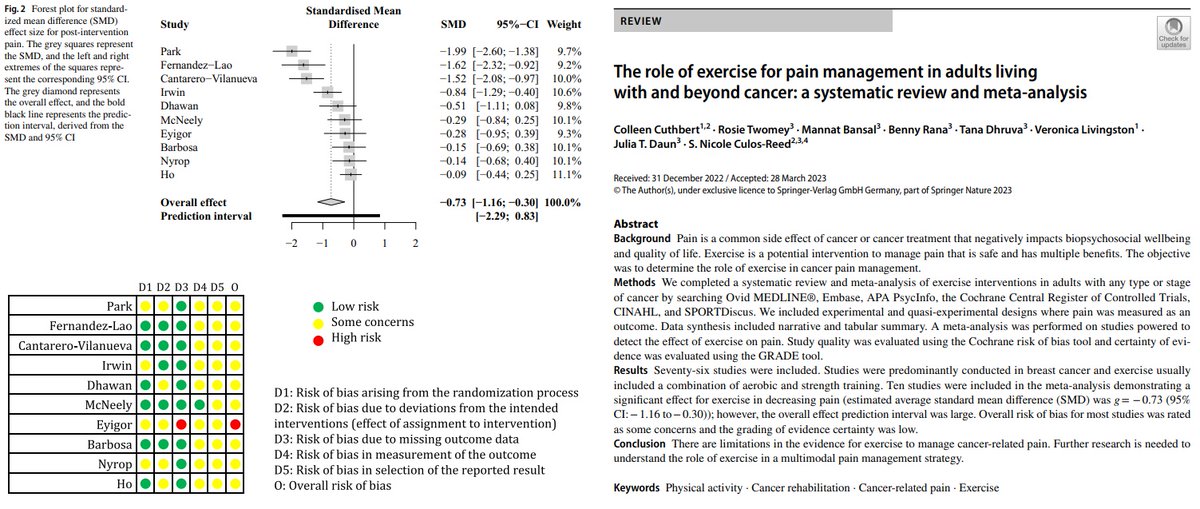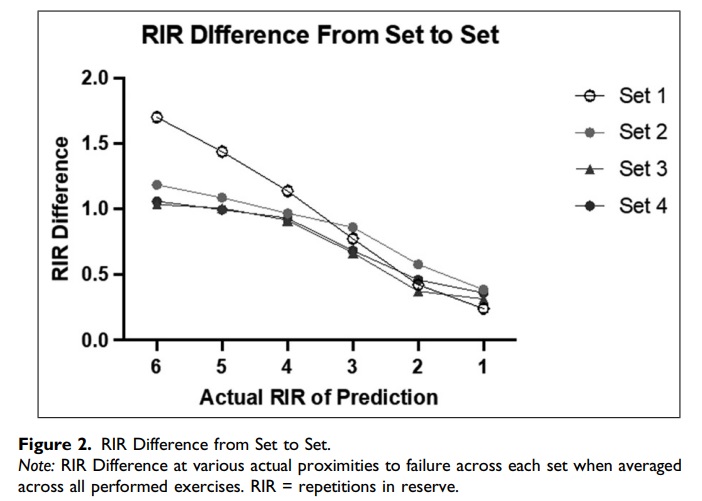The findings of this one suggest that strength athletes have distinct mitochondrial characteristics with decreased mitochondrial profile size, increased numeric density, increased cristae density and increased surface-to-volume ratio, providing an optimised mitochondrial network. 

- Substantial mitochondrial structural remodelling appeared to exist in the skeletal muscle of chronically strength-trained athletes (elite power and Olympic weightlifters).
- Despite similar mitochondrial volumetric density, the mitochondria of strength athletes were characterised by smaller size, increased number of mitochondrial profiles, increased cristae density, and increased surface-to-volume ratio.
These changes may represent an important adaptive response to the high metabolic demands of resistance exercise.
- Human skeletal muscle fibre types I and II differed in the numerical density of mitochondria profiles (i.e., showing differently expanded networks), which led to volumetric differences, rather than disparities in morphological profiles.
- Results also showed distinct mitochondrial morphology across the myofiber space, with bigger and more complex mitochondria situated in the subsarcolemmal compartments, which decreased with intermyofibrillar depth.
- Furthermore, acute resistance exercise in trained individuals seemed to result in compartment-specific increases in morphological indicators of mitochondrial stress, such as increased area and circularity in subsarcolemmal mitochondria...
...however, without resulting in more damaged mitochondria.
- This observation of mild resistance-exercise induced mitochondrial stress was further supported by the increased transcription of genes involved in the regulation of mitochondrial biogenesis, fission, and the mitochondrial unfolded protein response...
...the latter representing a unique signature of strength-trained individuals.
Collectively, gene expression analyses suggested that the mitochondrial unfolded protein response enrichment is a key signature of strength-trained individuals and that it may influence the mitochondrial phenotype associated with strength athletes.
Increased mitochondrial surface area and cristae density in the skeletal muscle of strength athletes
doi.org/10.1113/JP2843…
#exercise #fitness #fit #FitFam #FitLife #FitnessAddict #Workout #TrainHard #GymLife #GymTime #muscle #strength #lift #GetStrong
doi.org/10.1113/JP2843…
#exercise #fitness #fit #FitFam #FitLife #FitnessAddict #Workout #TrainHard #GymLife #GymTime #muscle #strength #lift #GetStrong
• • •
Missing some Tweet in this thread? You can try to
force a refresh

 Read on Twitter
Read on Twitter









